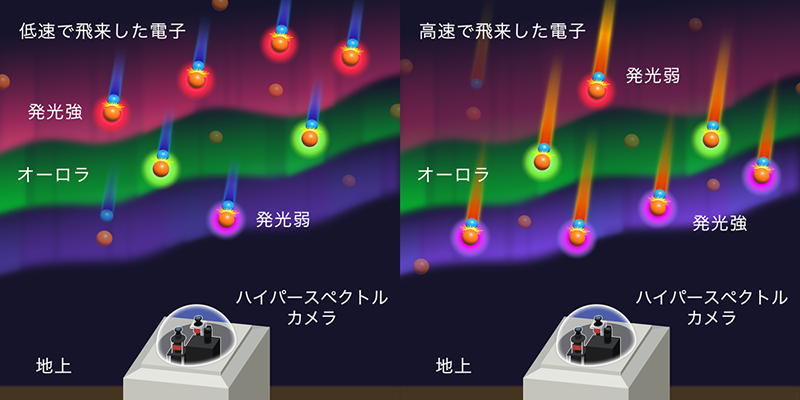2024-08-01 カリフォルニア大学サンディエゴ校(UCSD)
<関連情報>
- https://today.ucsd.edu/story/sustainable-and-reversible-3d-printing-method-uses-minimal-ingredients-and-steps
- https://www.nature.com/articles/s41467-024-48121-7
塩水溶液による可逆的な塩析効果による持続可能な3Dプリンティング Sustainable 3D printing by reversible salting-out effects with aqueous salt solutions
Donghwan Ji,Joseph Liu,Jiayu Zhao,Minghao Li,Yumi Rho,Hwansoo Shin,Tae Hee Han & Jinhye Bae
Nature Communications Published:09 May 2024
DOI:https://doi.org/10.1038/s41467-024-48121-7

Abstract
Achieving a simple yet sustainable printing technique with minimal instruments and energy remains challenging. Here, a facile and sustainable 3D printing technique is developed by utilizing a reversible salting-out effect. The salting-out effect induced by aqueous salt solutions lowers the phase transition temperature of poly(N-isopropylacrylamide) (PNIPAM) solutions to below 10 °C. It enables the spontaneous and instant formation of physical crosslinks within PNIPAM chains at room temperature, thus allowing the PNIPAM solution to solidify upon contact with a salt solution. The PNIPAM solutions are extrudable through needles and can immediately solidify by salt ions, preserving printed structures, without rheological modifiers, chemical crosslinkers, and additional post-processing steps/equipment. The reversible physical crosslinking and de-crosslinking of the polymer through the salting-out effect demonstrate the recyclability of the polymeric ink. This printing approach extends to various PNIPAM-based composite solutions incorporating functional materials or other polymers, which offers great potential for developing water-soluble disposable electronic circuits, carriers for delivering small materials, and smart actuators.



